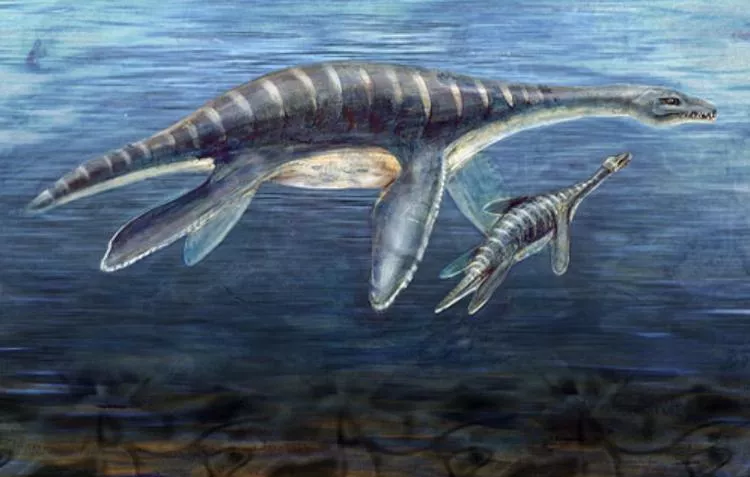Large bodies helped extinct marine reptiles compensate for drag
A new study has shown that body size is more important than body shape in determining the energy economy of swimming for extinct aquatic reptiles.
Scientists recently announced their findings in the Communications Biology journal, stating that the creatures' large body size helped to overcome the excess drag that was created as a result.
They discovered that while the plesiosaurs’ large necks did indeed increase the drag, this was relatively minor and was subsequently compensated for by the evolution of their large bodies.
In their research, the scientists created hypothetical 3D models of plesiosaurs with various neck lengths and also performed computer flow simulations of plesiosaurs, ichthyosaurs and cetaceans. They determined that the optimal neck limit was about twice the length of the trunk of the animal. If the neck were longer than a certain point, it would add extra drag, and this may make the activity of swimming costly for the animal, said palaeobiologist Susana Gutarra Díaz, from the School of Earth Sciences at University of Bristol.
According to co-author Dr Tom Stubbs, “We found that in elasmosaurs, neck proportions changed really fast. This confirms that long necks were advantageous for elasmosaurs in hunting, but they could not exploit this adaptation until they became large enough to offset the cost of high drag on their bodies.”

























